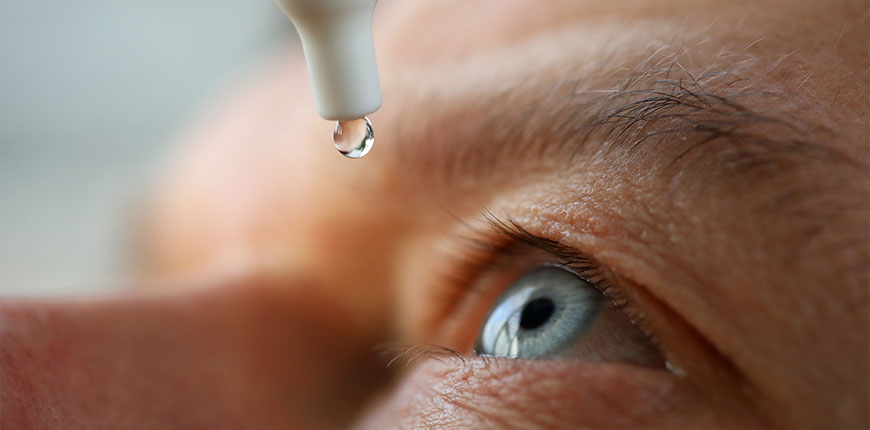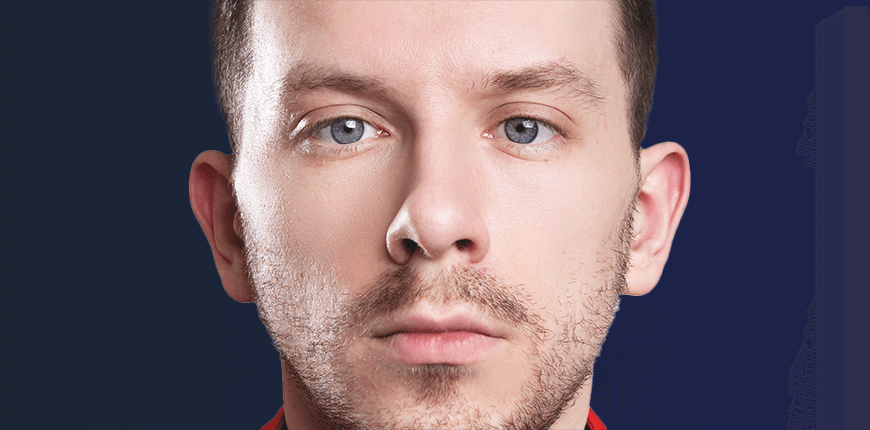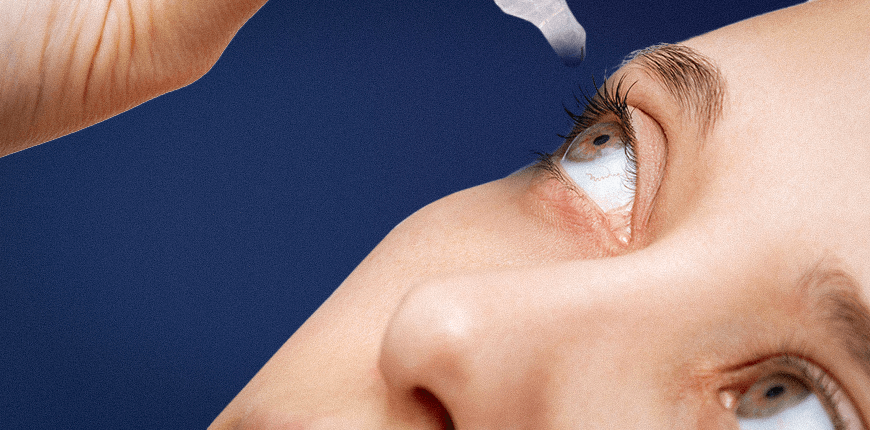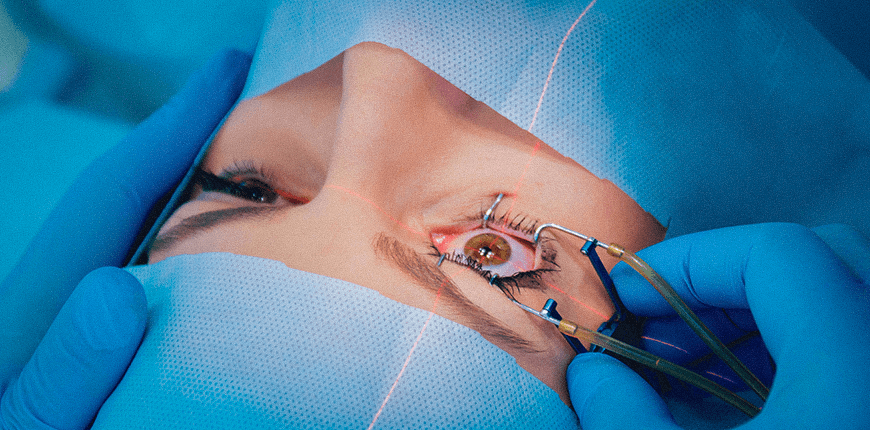
Glaucoma Treatment
Glaucoma treatment is a treatment method applied to control the pressure inside the eye. Glaucoma is an eye disease characterized by increased pressure in the eye due to disturbances in the flow of fluid. This condition can cause damage to the optic nerves and loss of vision over time. It is possible to control the pressure inside the eye with glaucoma treatment. The focus of this treatment is to reduce the pressure inside the eye and prevent vision loss without damaging the optic nerves. Treatment methods include medication, laser therapy, and surgical interventions.
What is Glaucoma Disease?
Glaucoma is an eye disease caused by the accumulation of fluid inside the eye at a higher pressure than normal. This can cause damage to the optic nerves and loss of vision. This disease, also known as glaucoma, develops slowly and can progress, often without symptoms. Early diagnosis and treatment are important because left untreated, glaucoma can lead to permanent vision loss.
The fluid inside the eye is constantly renewed and flows out. In glaucoma, the outflow of this fluid is blocked or slowed down, resulting in increased pressure inside the eye. With the increase in pressure, the optic nerves are damaged and vision loss occurs. There are different types of glaucoma, but open-angle glaucoma is the most common. In open-angle glaucoma, fluid outflow slowly decreases, and intraocular pressure increases. This type of glaucoma is usually minimally painful and can cause changes in the patient's field of vision over time.
What are the Symptoms of Eye Pressure?
In the early stages of glaucoma, there are usually no symptoms, but as the disease progresses and nerve damage increases, symptoms may appear. Even if the eye pressure is high, the person often has normal vision. Therefore, regular eye examinations are important to diagnose glaucoma.
- Blurred or Dull Vision: Glaucoma can cause the perception of a blurred or dull appearance, especially outside the field of vision.
- Flashing Lights Or Color Rings: Symptoms caused by optic nerve damage, such as flashing lights, color rings, or rings of light around the eyes, can be observed in glaucoma.
- Eye Pain: Glaucoma is usually painless, but some people may experience minimal eye pain.
- Headache: The headache caused by glaucoma is usually not severe and is mostly felt around the eyes.
- Tingling Or Itching: Tingling, itching, or stinging sensation in the eyes are among the symptoms seen in some glaucoma patients.
Symptoms of glaucoma can be similar to other eye diseases, so it is important to consult a specialist ophthalmologist if any symptoms are observed.
How is Eye Pressure Treatment Performed?
 Treatment of eye pressure (glaucoma) may vary depending on the patient's condition. Generally, the aim is to reduce intraocular pressure and prevent or slow optic nerve damage. Treatment of glaucoma can be done with one or a combination of several of the following methods.
Treatment of eye pressure (glaucoma) may vary depending on the patient's condition. Generally, the aim is to reduce intraocular pressure and prevent or slow optic nerve damage. Treatment of glaucoma can be done with one or a combination of several of the following methods.
- Eye Drops: Your ophthalmologist may prescribe eye drops to keep eye pressure under control. These medicines can reduce the production of fluid in the eye or increase the flow of fluid. It is important to use eye drops correctly, as improper use can lead to side effects and reduced treatment effectiveness.
- Laser Treatment: Laser treatment can help regulate the flow of fluid within the eye. This treatment is particularly effective in certain types, such as angle-closure glaucoma.
- Eye Surgery: In some cases, surgery may be needed to lower eye pressure. Eye surgeries can increase the flow of fluid inside the eye or help protect the eye nerves.
- Lifestyle Changes: Some positive lifestyle habits that can be incorporated into life can help keep eye pressure under control. These changes may include regular exercise, eating a healthy diet, not smoking, and paying attention to sleep patterns.
Treatment for eye pressure may be different for each patient. It is extremely important to consult your ophthalmologist for the most appropriate treatment methods. Regular check-ups are necessary to monitor the effectiveness of treatment and to prevent the progression of the disease.
What Should Be Considered After Glaucoma Treatment?
Glaucoma treatment is extremely useful in controlling the disease. Some points to be considered after treatment; It helps to prevent the progression of the disease and protect eye health.
- Doctor's Recommendations: Following your ophthalmologist's recommendations can help keep eye pressure under control. It is important to take your medication regularly, attend your check-ups and follow other treatment methods recommended by your ophthalmologist.
- Use of Medication: It is also extremely important to use eye drops correctly. Improper use of medication can reduce the effectiveness of treatment or cause side effects.
- Side Effects: Side effects of medication should be monitored. It is important to contact your ophthalmologist to report any side effects and change your treatment plan if necessary.
- Lifestyle Change: Eating a healthy diet, exercising regularly, not smoking, not losing sleep, and reducing stress can help keep eye pressure under control.
- Eye Health: Some precautions you can take, such as wearing sunglasses or a protective helmet against sunlight, can protect your eye health from external factors.
Glaucoma can be associated with some diseases. For example, diseases such as hypertension and diabetes can increase the risk of glaucoma. Keeping such diseases under control contributes to protecting your eye health. After the treatment of glaucoma, it is important not to neglect regular check-ups and to follow the recommendations of the ophthalmologist.
-
Is Glaucoma Treatment painful?
Glaucoma treatments such as medication, laser treatment, and surgical intervention are generally painless. However, during surgical intervention, slight discomfort may be felt because local anesthesia is used.
-
Why does Glaucoma Treatment fail?
The reasons for glaucoma treatment failure may include a progression of the disease, non-compliance with treatment, side effects, infections, failure to measure intraocular pressure regularly, and other eye diseases. If any signs of treatment failure are noticed, it is recommended to consult a doctor immediately.
-
How often should I go for follow-up visits after Glaucoma Treatment?
After glaucoma treatment, it is important to have regular check-ups to monitor the effect of the treatment. The frequency of check-ups may vary depending on the progression of the disease, the treatment method, and the doctor's recommendations. Usually, follow-up appointments can be once or twice a month from the stage when the patient starts treatment. If treatment continues successfully, the frequency of check-ups maybe once a year or less often.













